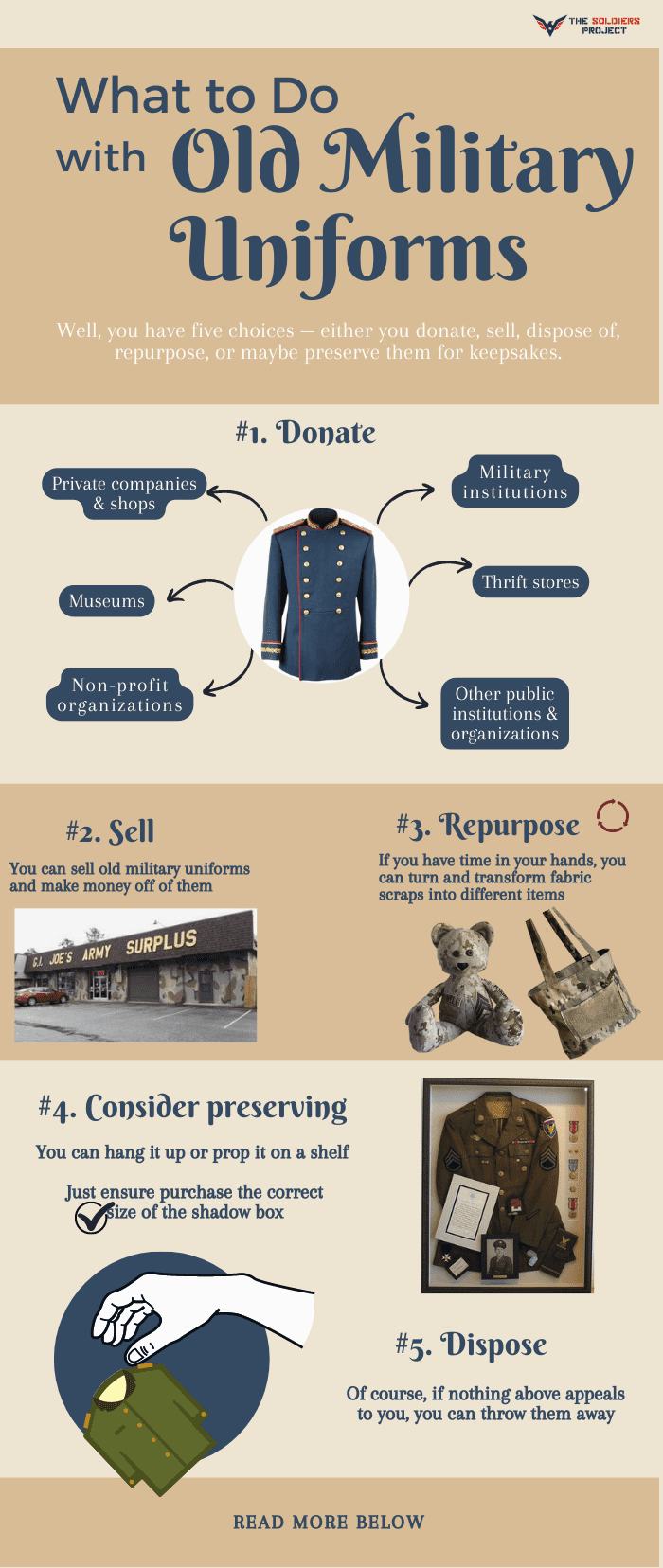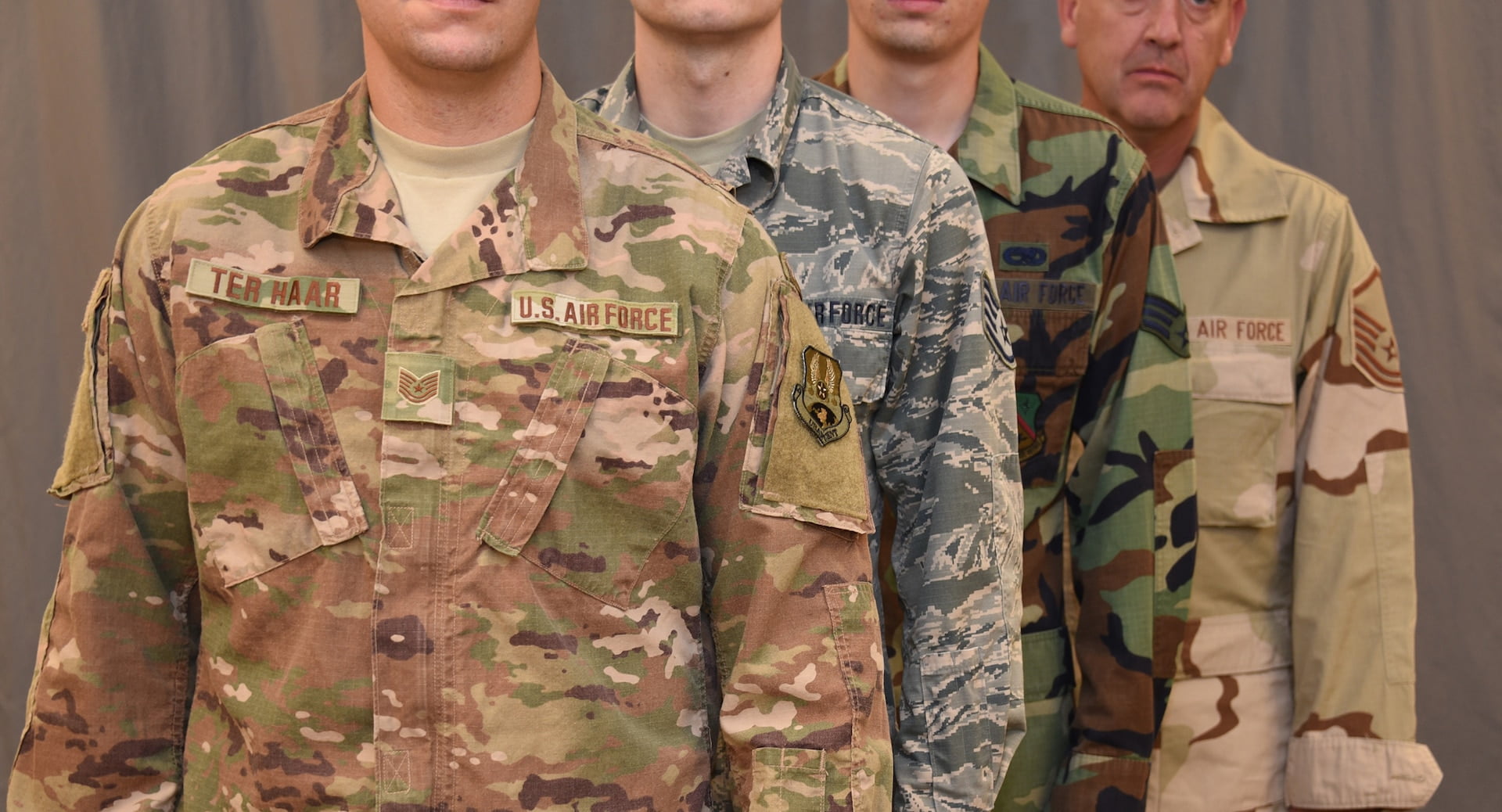Exploring the Iconic France Military Combat Uniform: A History of Style and Function
Welcome to Military Uniforms Worldwide! In this article, we delve into the captivating world of the France Military Combat Uniform. Discover the distinctive features, history, and significance of this remarkable uniform. Join us on this journey as we explore France's rich military heritage and its iconic combat attire.
History of French Military Combat Uniforms
The history of French military combat uniforms dates back centuries, with significant developments occurring throughout different eras. From the iconic blue coats of the Napoleonic era to the modernized and technologically advanced camouflage patterns of today, France has a rich heritage in military attire.
During the French Revolution, the soldiers of the French army began wearing the distinctive blue coats, which became synonymous with the French military. This uniform featured a high collar, large lapels, and brass buttons. The color blue was chosen to symbolize the revolutionary ideals of liberty and equality.
In the late 19th century, the French military transitioned to the horizon blue uniform, which provided better concealment on the battlefield. This uniform, with its simplified design and improved functionality, became widely recognized as the symbol of the French Army during World War I.
Today, the French military combat uniforms have evolved to incorporate advanced technology and camouflage patterns. The current standard issue combat uniform, known as the FELIN (Fantassin à Équipements et Liaisons Intégrés) system, includes integrated body armor, load-bearing equipment, and a wide range of modular accessories that enhance the soldiers' capabilities in the field.
Key points:
- The blue coat uniform symbolized the French military during the Napoleonic era.
- The horizon blue uniform became iconic during World War I.
- The current FELIN system integrates advanced technology into French military combat uniforms.
Design and Features of French Military Combat Uniforms
French military combat uniforms are designed to offer both functionality and comfort to soldiers in various environments. They incorporate features that enable ease of movement, protection, and camouflage.
The main components of a French military combat uniform typically include a jacket, trousers, boots, and headgear. These garments are made from durable materials that provide resistance against wear and tear, while also offering some level of water repellency.
Additionally, the modern combat uniforms often feature integrated body armor to provide enhanced protection to soldiers. The FELIN system, for example, incorporates lightweight, ballistic plates that can withstand small arms fire and shrapnel.
Camouflage plays a crucial role in French military combat uniforms, aiding in the soldiers' concealment on the battlefield. The current camouflage pattern used by the French Army is called "Centre-Europe" or "CE," which consists of various shades of green and brown to blend in with woodland and temperate environments.
Key points:
- French military combat uniforms are designed for functionality and comfort.
- Integrated body armor provides added protection to soldiers.
- Camouflage patterns like "Centre-Europe" aid in battlefield concealment.
Variations in French Military Combat Uniforms
Over the years, the French military has introduced various specialized combat uniforms for specific roles and environments. These variations cater to the diverse needs of different branches and units within the armed forces.
One notable example is the tenue de sortie (dress uniform) worn by military personnel during formal occasions and ceremonies. This uniform is characterized by its distinctive color, often blue or red, and includes features such as gold braiding, decorative buttons, and rank insignia.
Another specialized combat uniform is the FAMAS (Fusil d'Assaut de la Manufacture d'Armes de Saint-Étienne) equipment, which includes a unique camouflage pattern specifically designed for urban environments. The FAMAS uniform aims to enhance the soldiers' ability to operate in built-up areas, providing them with effective camouflage within this particular setting.
Furthermore, the French military also utilizes specialized uniforms for specific tasks such as parachuting, diving, and mountain operations. These uniforms incorporate additional features and modifications tailored to the requirements of these specialized roles.
Key points:
- Dress uniforms are worn during formal occasions and ceremonies.
- The FAMAS uniform is designed for urban environments.
- Specialized combat uniforms exist for tasks such as parachuting, diving, and mountain operations.
Questions asked by our uniform blog followers
What are the key features of the current French military combat uniform?
The current French military combat uniform, known as the FELIN (Fantassin à Équipement et Liaisons Intégrés) system, has several key features that enhance the performance and protection of soldiers.
1. Camouflage: The FELIN uniform features a modern digital camouflage pattern designed to provide effective concealment in various environments.
2. Integrated Equipment: The uniform incorporates a modular load-bearing vest that allows for the attachment of pouches and accessories, enabling soldiers to carry their gear securely and comfortably.
3. Ballistic Protection: The combat uniform includes integrated ballistic panels made from advanced materials to provide protection against small arms fire and shrapnel.
4. Communication Systems: The FELIN system includes integrated communication equipment such as radios and earpieces, enabling seamless communication between soldiers and command units.
5. Sustenance and Hydration: The uniform has provisions for carrying water bladders and ration packs, ensuring that soldiers can remain hydrated and nourished during operations.
6. Enhanced Mobility: The design of the uniform takes into account the need for freedom of movement, incorporating features such as ergonomic knee pads and adjustable waistbands.
7. Durability: The FELIN combat uniform is made from rugged and durable materials, capable of withstanding harsh conditions commonly encountered in military operations.
These key features of the current French military combat uniform contribute to the overall effectiveness and safety of soldiers in the field.
How has the design of the French military combat uniform evolved over the years?
The design of the French military combat uniform has undergone various changes and improvements over the years.
Historically, French combat uniforms were influenced by their colonial expeditions, as well as the fashion trends of the time. However, the modernization of warfare and the need for practicality led to significant changes in the design.
During World War I, French soldiers wore the iconic horizon blue uniform, consisting of a tunic, trousers, puttees, and a distinctive kepi hat. This uniform was relatively loose-fitting and had a distinct military style.
In World War II, the French introduced the battledress, which featured a more practical design with a shorter jacket and trousers. The uniform also included larger pockets and reinforced knees for durability. Additionally, the French military adopted the Adrian helmet, a steel helmet with a pronounced crest.
Following World War II, the French military began experimenting with camouflage patterns. In the 1950s, they introduced the lizard pattern, characterized by light green and brown shapes on a khaki background. However, this pattern was not widely adopted.
In the 1970s, the French Army introduced the TAP 47 pattern, which was their first official camouflage uniform. This pattern consisted of large, irregular spots in various shades of green and brown. It was primarily used by paratroopers and airborne units.
In recent years, the French military has transitioned to the FÉLIN (Fantassin à Équipements et Liaisons Intégrés) system, which integrates equipment, communications, and individual protection into the combat uniform. The FÉLIN combat uniform has a digital camouflage pattern, called Centre Europe Terrain (CET), which features small pixelated squares in different shades of green and brown.
In terms of functionality, the modern French combat uniform incorporates features such as multiple pockets, adjustable waistbands, and reinforced sections for enhanced durability. It also provides protection against chemical, biological, radiological, and nuclear threats.
Overall, the design of the French military combat uniform has evolved to meet the changing needs of modern warfare, incorporating practicality, functionality, and improved camouflage patterns.
What role does the French military combat uniform play in enhancing the soldiers' effectiveness in combat situations?
The French military combat uniform plays a crucial role in enhancing the soldiers' effectiveness in combat situations. The design and functionality of the uniform are tailored to meet the specific requirements of modern warfare.
The camouflage pattern used on the French combat uniform is designed to provide effective concealment in various environments, including woodland, desert, and urban terrains. This helps soldiers blend into their surroundings and minimize their visibility to the enemy, increasing their chances of remaining undetected during operations.
Moreover, the ergonomic design of the French combat uniform ensures comfort and freedom of movement for soldiers during intense physical activities. The uniform is made of lightweight, breathable materials that wick away moisture and allow for ventilation, preventing overheating and discomfort.
Another important element is the integration of personal protective equipment (PPE) within the combat uniform. Soldiers can easily attach and secure body armor, helmets, and other protective gear to the uniform, ensuring they are adequately protected without sacrificing mobility.
Furthermore, the uniform features ample storage options with multiple pockets and pouches strategically placed for easy access to necessary equipment and supplies. This allows soldiers to carry essential items such as ammunition, first aid kits, communication devices, and navigation tools, enabling them to operate efficiently and sustain themselves during combat operations.
In summary, the French military combat uniform enhances soldiers' effectiveness in combat by providing effective camouflage, ensuring comfort and freedom of movement, integrating personal protective equipment, and offering ample storage options for essential gear. These elements collectively contribute to the soldiers' ability to perform their duties effectively and increase their survivability on the battlefield.
In conclusion, the French military combat uniform holds a significant place in the realm of military uniforms. Its unique design and functionality make it a formidable choice for soldiers on the field. The incorporation of modern features such as integrated body armor and advanced camouflage patterns further enhances its effectiveness in combat scenarios. The French Armed Forces have demonstrated their commitment to providing their personnel with superior protection and performance through continuous innovation and development of their combat uniforms. As we look ahead, it is evident that the French military combat uniform will continue to evolve and adapt to meet the changing demands and challenges faced by the armed forces. With its rich history, remarkable craftsmanship, and unwavering dedication to excellence, the French military combat uniform remains an iconic symbol of France's military prowess and commitment to national defense.









